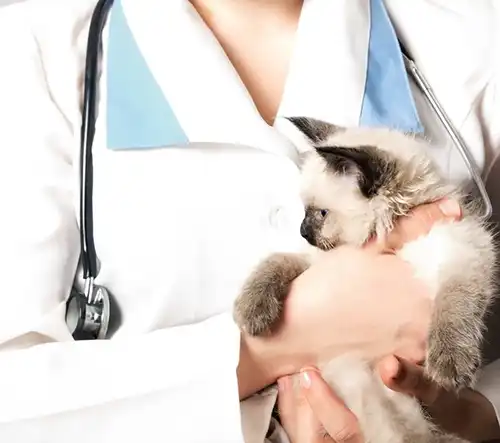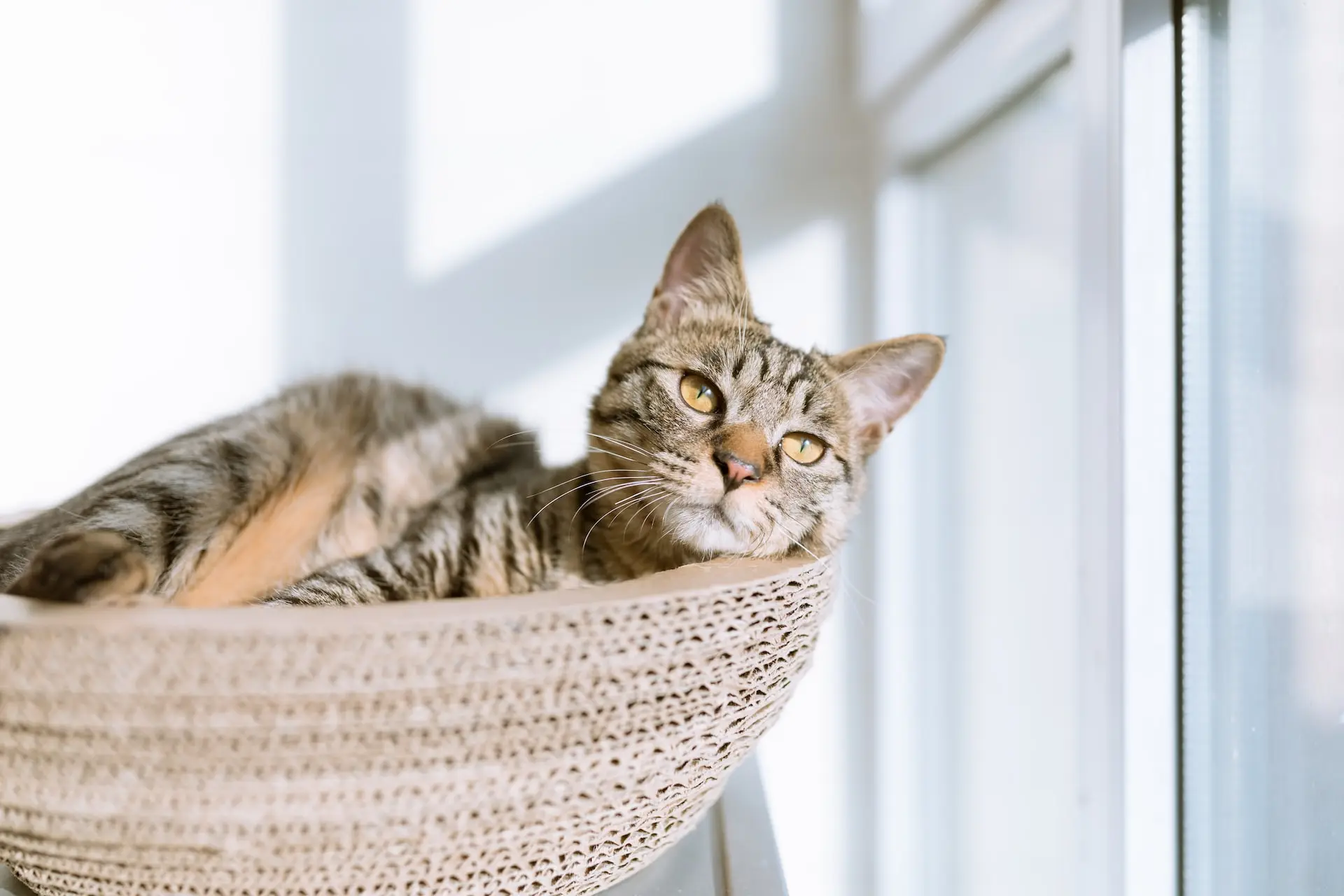Are you considering adding a furry little friend to your family? Hamsters make wonderful pets with their adorable antics and manageable size, but proper care is essential to ensure they lead happy, healthy lives. In this article, we’ll provide you with comprehensive hamster care tips that cover everything from choosing the right habitat to understanding their dietary needs. Whether you’re a first-time hamster owner or looking to refresh your knowledge, these hamster care tips will guide you through the essentials of creating a nurturing environment for your new pet. We’ll delve into selecting appropriate bedding, setting up an engaging living space, recognizing common health issues, and even tips on socializing your hamster. From understanding their nocturnal habits to providing mental stimulation, these hamster care tips will help you foster a strong bond with your pet. With the right information at your fingertips, you’ll be well-prepared to offer the best care possible, making your hamster’s well-being a top priority. Let’s embark on this journey together to become confident and responsible hamster owners!
World Hamster Day is April 12th! Hamsters are a popular pet for children, and for plenty of reasons. They are gentle, simple to care for, cute, and require little space, all of which make them ideal animal companions for children. An Orlando, FL veterinarian places Hammy in the spotlight.
Basics Hamster Facts
Hammie is an adorable and charming critter native to Europe and Asia, and with the right hamster care tips, you can ensure these little pets thrive. There are about 20 hamster breeds to choose from. The European hamster, sometimes known as the common hamster or black-bellied hamster, is the largest. These guys can grow to be 8 to 11 inches long and weigh as much as a pound. That’s quite large for a rodent! On the other end of the spectrum, the Roborovski hamster, frequently referred to as the desert hamster, is the smallest in the family. These cute furballs will only grow to be a couple of inches long! Proper care for each breed ensures a healthy, happy pet.
Some of the most popular pet breeds are Syrian, Russian Dwarf Campbell, and Roborovski.
What Kind Of Cage Should I Get My Hamster?
Purchasing a suitable cage is half of the battle when it comes to hamster care. To ensure optimum airflow for your pet, choose something with a mesh or screen top. However, it must have a solid floor; wire floors are hazardous and will not support the substrate.
You will need to include a little hiding spot, as well as toys and accessories. Ask your vet for specific advice.
Do Hamsters Need Toys?
Toys are very important for pets—even the little ones! Chew toys are essential for your pet’s oral hygiene. If Hammie doesn’t wear his teeth down, he may have major dental problems. Many of your pet’s chew toys can be made from inexpensive household objects such as plain paper or cardboard. There are plenty of great ideas available online. Don’t give your little buddy any items that have sharp or small parts and/or strings or threads. Consult your Orlando, FL veterinarian for help.
Do Hamsters Make Good Kids’ Pets?
Children frequently choose hamsters as pets. As previously said, they might be fantastic choices for a variety of families. However, there are a few things to think about.
- You’ll need to keep Hammie in a room that stays comfortably warm, even in winter. If the little guy gets too cold, he may try to hibernate. This can be very dangerous for pet hamsters!
- Hamsters can carry viruses, germs, bacteria, and parasites, just like any other animal. Carefully wash your hands before and after handling your pet or his possessions. (If you’re getting a hamster for your child, you may need to supervise this process.)
- Young children should never interact with Hammie without adult supervision. You’ll need to teach your children to hold Hammie gently and appropriately, and never tug his tail or fur.
- Hamsters are nocturnal creatures, which means they are most playful at night. Hammie might wake up your child at night if you put him in a child’s room.
- If your child is still very small, have them sit or kneel while holding their little friend. If the hamster falls or jumps, he will not fall very far.
Should I Adopt More Than One Hamster?
When considering adopting a hamster, understanding their social needs is vital. Syrian hamsters, the most common variety, must be kept in solitary environments due to their preference for living alone. Despite occasional cordial interactions, they generally do not tolerate cohabitation well. On the other hand, some hamster breeds can coexist with fellow hamsters if given proper space. Always undertake thorough research on hamster care tips and seek advice from your Orlando, FL veterinarian to ensure you meet the needs of your new pet appropriately.
What Are The Indicators Of Disease In Hamsters?
You’ll need to keep an eye out for any signs of illness, just like you would with any other pet. Little Hammie can get a variety of health conditions, including respiratory problems, diarrhea, abscesses, proliferative ileitis (wet tail), and skin abnormalities.
Keep an eye on your tiny pal. The more familiar you become with little Hammie, the easier it will be to recognize signs that something is amiss.
Some of the things you’ll need to watch for include lack of appetite, lumps, bumps, lesions, fur loss, weight loss, not drinking water, limping, red feet, fur color changes, diarrhea, dirty/wet bottom, sneezing, coughing, dull, red, or watery eyes, lethargy, wheezing, changes in stool, and overgrown teeth.
If you spot any of those symptoms, contact your veterinarian right away.
What Should I Feed My Hamster?
Hammie’s menu should be based mostly on commercial foods, with safe vegetables and tiny amounts of fruit as supplements. You should consult your veterinarian for exact suggestions, but a good rule of thumb is to feed 80% pellets, 15% vegetables, and 5% fruits and treats. You’ll also need to get your miniature furball a water bottle, which must be cleaned and replenished every day.
Be sure to stick with safe options. Spinach, broccoli spears, Romaine lettuce, dandelion greens and artichokes, carrot tops, cauliflower (in limited quantities), sweet potato, squash, and yellow peas are also safe vegetables. You can feed apples, bananas, strawberries, and pears to your small companion. For snacks, you can offer little pieces of egg or cheese, cooked chicken or turkey, or dog biscuits.
It’s also critical to understand what isn’t safe for your small companion. This list includes garlic, chocolate, alcohol, rhubarb, onion, garlic, junk food, and citrus, to name a few. Ask your vet for more information.
Some foods are safe on occasion but should not be eaten on a daily basis. You should also be cautious with seeds. For example, hamsters adore pumpkin seeds. Other types of seeds, such as apple and pear seeds, are dangerous.
It’s worth noting that hamsters are expert beggars who can often persuade their owners to give them tasty treats. They then keep these goodies for later and go back to pretending they are starving. (Fun fact: Hammie’s name is derived from the German word “hamstern,” which means “hoard”. Pay attention to portion proportions and don’t be fooled by that cute face!
Should I Groom My Hamster?
Hammie is really clean. You will not need to bathe him. He’ll self-clean, rather like a cat. (This is, of course, really amusing to watch.)
How Do You Spoil A Hamster?
To ensure your hamster thrives, adopting simple hamster care tips can significantly enhance their quality of life. Whether it’s upgrading their habitat or incorporating enriching activities, even small changes can make a big difference in their well-being. All animals, regardless of size, deserve a safe, comfortable environment filled with love and happiness. Making your hamster happy doesn’t require a hefty investment—thoughtful, easy-to-implement strategies are often all it takes.
Here are some recommendations:
- Runabouts
- Mazes
- Supervised Free Time (use a contained, safe, area)
- Hamster garden (Use only safe, vet-approved plants)
It’s also important to just make sure your little buddy feels loved and safe at all times. Pay attention to Hammie. Talk to him, pet him, and let him hang out on you if he likes.
How Do I Develop a Bond with My Hamster?
You will need to allow your tiny companion some time to feel secure. Allow him to adjust before attempting to hold him. After a few days, you will be able to gently pet him and talk to him. Never scoop Hammie up from behind or while he is sleeping, and never grasp him by the tail. This may (understandably) alarm the small fellow.
Hamster Care Tips in 2025: Understanding Your Pet’s Senses and Health
What senses do hamsters rely on most?
Hamsters primarily rely on their senses of smell and hearing. Their eyesight is relatively poor, especially in low-light conditions, so they depend on olfactory cues to navigate their environment, locate food, and recognize others. Their acute sense of smell helps them identify territories and detect potential threats. Hearing is also a crucial sense for hamsters; they can detect a wide range of frequencies, including ultrasonic sounds, which aids in communication and predator avoidance. Additionally, their whiskers enhance their tactile perception, allowing them to sense vibrations and navigate tight spaces. Providing stimuli that engage these senses can improve their well-being and happiness.
How much food should a hamster eat daily?
The daily diet of a hamster should primarily consist of commercial hamster pellets, complemented with fresh vegetables and a small quantity of fruit. Specifically, aim for 80% of the diet to be pellets, 15% fresh vegetables, and 5% fruits and treats. It’s essential to adjust portions based on the hamster’s size and activity level, ensuring all food provided is safe and non-toxic. Consult a veterinarian for personalized advice, especially when introducing new foods or if the hamster shows changes in appetite or weight.
What are common illnesses in hamsters?
Hamsters, as small as they are, can be afflicted by a variety of health issues. Common illnesses include respiratory infections, diarrhea, and skin problems. They are also prone to wet tail, a serious condition caused by bacterial infection. Owners should watch for symptoms such as lack of appetite, weight loss, fur loss, and changes in stool consistency. Overgrown teeth are another concern, necessitating regular checks to ensure hamsters can eat properly without discomfort. Immediate veterinary consultation is advised if any abnormal signs are observed to ensure prompt and effective treatment.
Are there any zoonotic diseases associated with hamsters?
Yes, hamsters can transmit zoonotic diseases to humans. One notable example is salmonellosis, caused by Salmonella bacteria, which can lead to gastrointestinal illness. Hamsters may also carry lymphocytic choriomeningitis virus (LCMV), which can result in flu-like symptoms and, in severe cases, neurological issues. Additionally, they can harbor parasites like ringworm, a fungal infection affecting the skin. To minimize the risk of disease transmission, it’s recommended to practice good hygiene by washing hands thoroughly before and after handling hamsters or their belongings. Supervising children during interaction with hamsters can further reduce potential health risks.
How long should you wait before handling a new hamster?
When bringing a new hamster home, it’s advisable to give it a few days to adjust to its new environment before attempting to handle it. This period allows the hamster to become familiar with its surroundings and reduces stress, promoting a sense of security. Start by speaking gently to your hamster and offering treats to build trust. After this adjustment period, you can begin to gently pet the hamster in its cage. Handling should always be done cautiously to avoid startling or harming the animal.
Make An Appointment At Your Orlando, FL Animal Hospital
Do you have any questions about hamster care? Contact us, your Orlando, FL veterinary hospital at any time. We are always happy to help!






!Social Media Icons